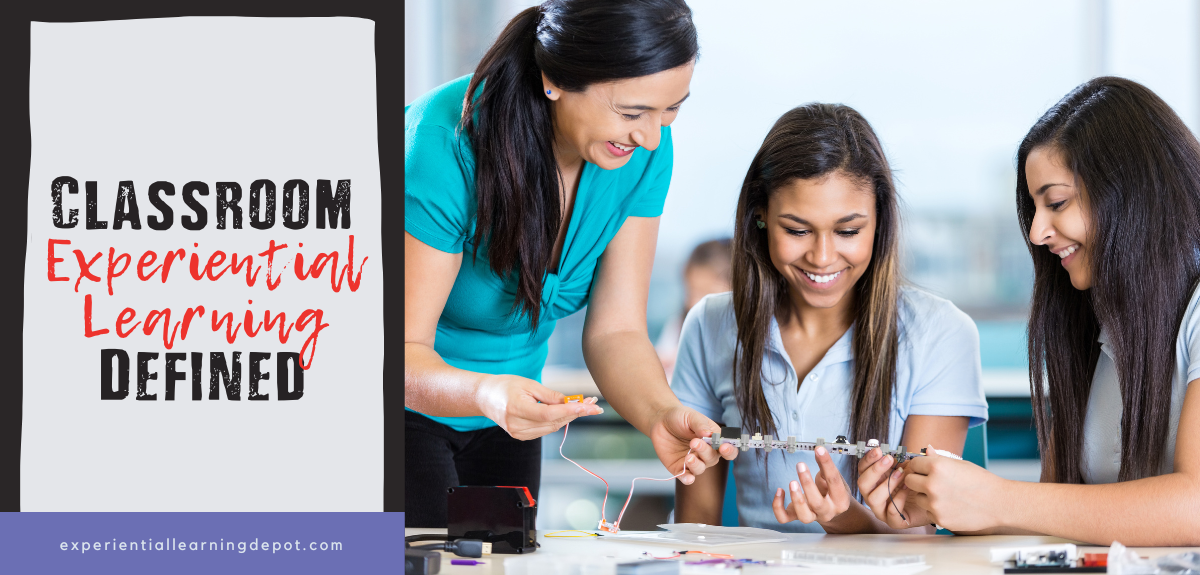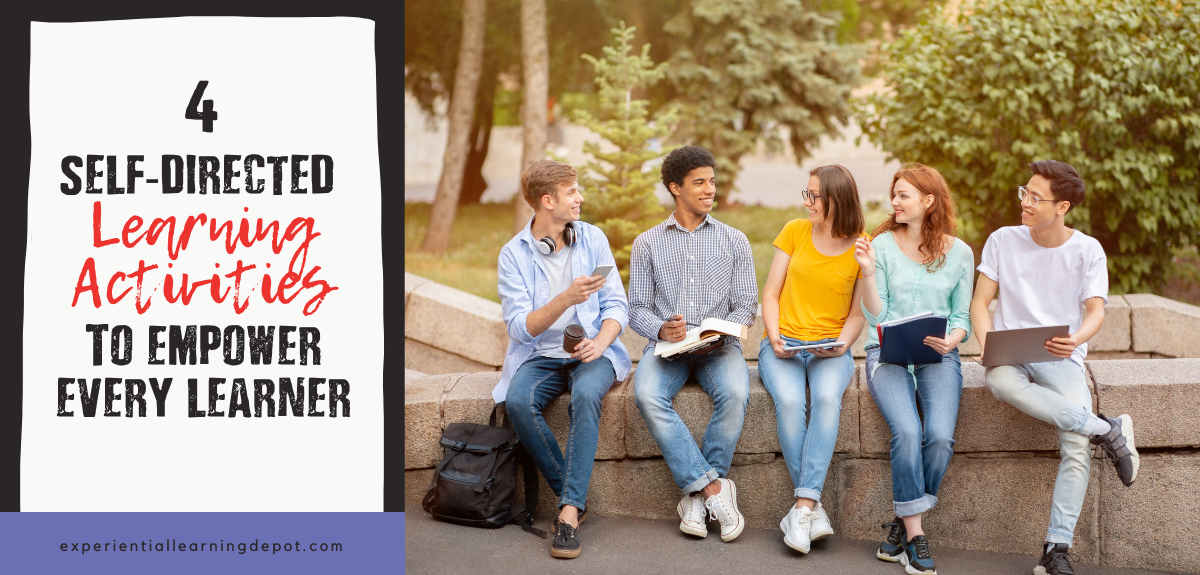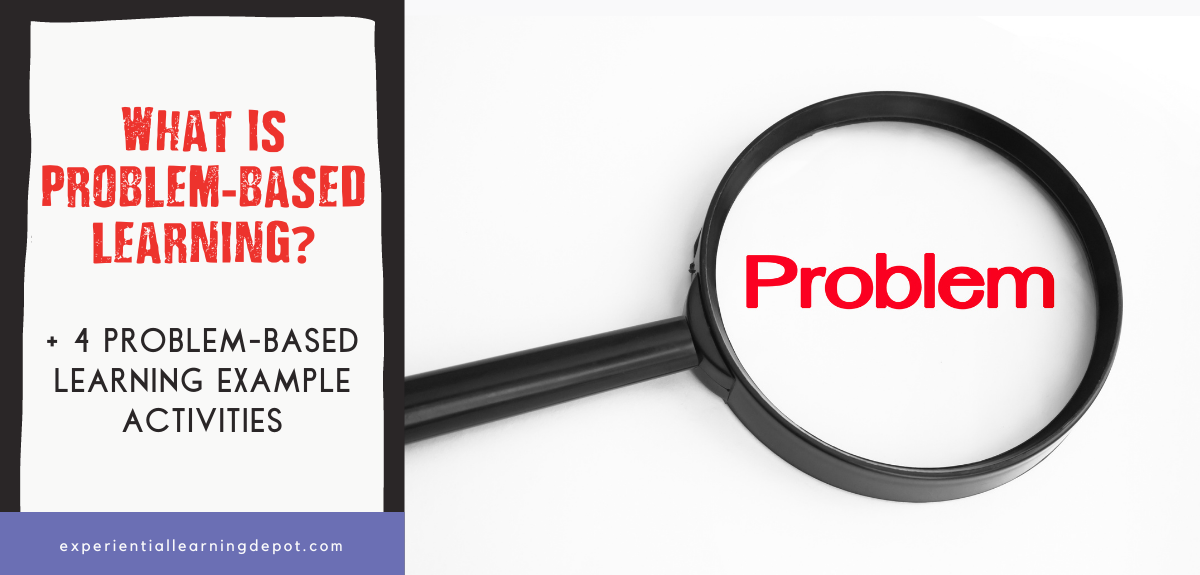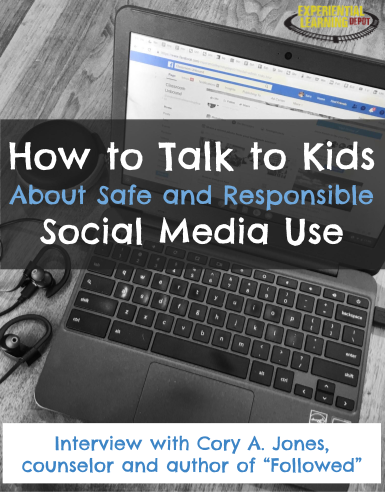|
What is experiential learning anyway? How is experiential learning defined? What does K12 classroom experiential learning look like? What are the characteristics of experiential learning? What are examples of experiential learning? What are experiential learning activities? Why is experiential learning important and what are the benefits? I get these questions a lot.
0 Comments
What are self-directed learning strategies that empower learners and promote agency? This is a popular question among educators that have an interest in self-directed learning and know the benefits, but aren’t sure about how to go about incorporating self-directed learning strategies in their classroom or homeschool.
One of the most important elements of experiential education is the authenticity of every learning experience.
The content and the approach should be real-world, relevant, and personally meaningful to students. One way to incorporate authenticity is through problem-based learning. But what is problem-based learning and what does it look like in a classroom or homeschool setting? What are some problem-based learning examples? Start here.
Teachers and parents of the 21st-century have a challenge to face and the responsibility to confront that challenge. Technology is a prominent and permanent part of modern society. It is a blessing and a curse, particularly when it comes to social media and children.
We have all been faced with the need to make important decisions for our children when it comes to technology; at what age to allow them to have their first cell phone, whether to let them use social media as a research or presentation tool in class for school projects, how much time to allow them on social media each day if at all, whether to install child monitoring software to home or school computers. |
Blog IntentTo provide innovative educational resources for educators, parents, and students, that go beyond lecture and worksheets. AuthorSara Segar, experiential life-science educator and advisor, curriculum writer, and mother of two. Categories
All
|






 RSS Feed
RSS Feed